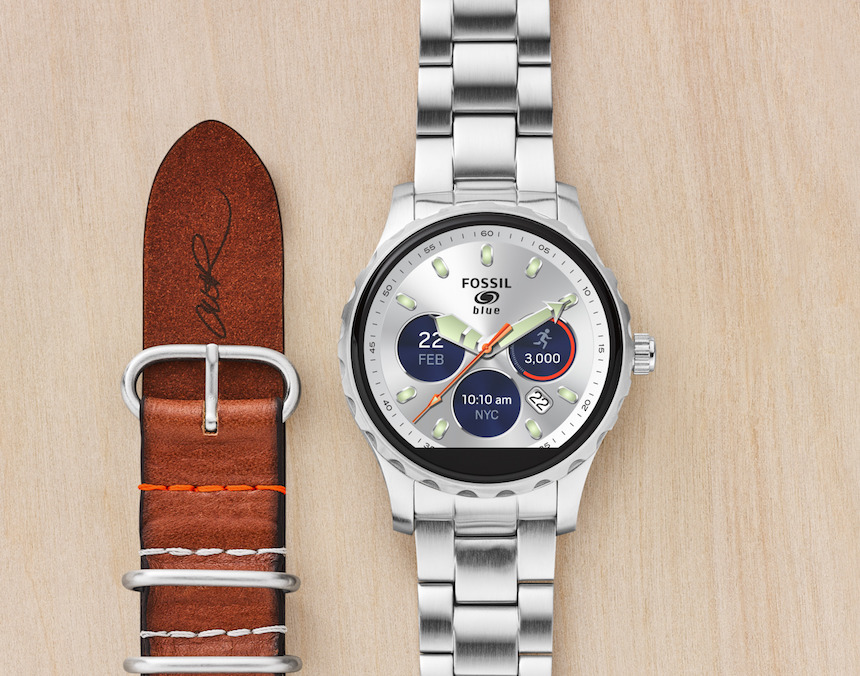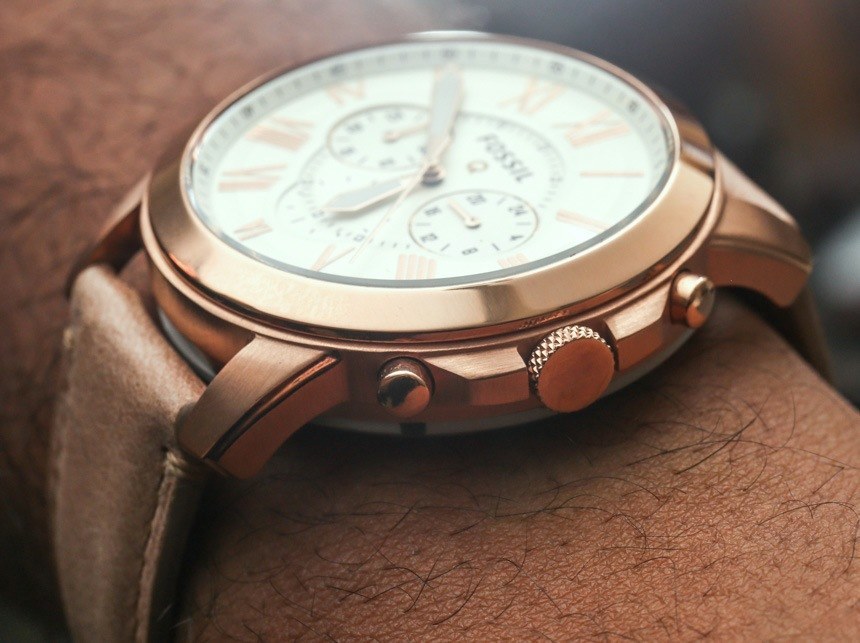
FOSSIL SMARTWATCH TYPE #1: HYBRIDS
Hybrid smartwatches are a funny type of product. Without a full screen and relying on a traditional analog face with hands, their inherent “smart” connected functionality will be very limited when compared to screen-based smartwatches. With that said, most people agree that they look better – at least compared to more traditional watches that also have “real faces.” The aesthetic appeal of a black screen – no matter how vivid in brightness and colors – simply does not yet have the visual appeal of something produced from actual materials which have depth and play with the light.
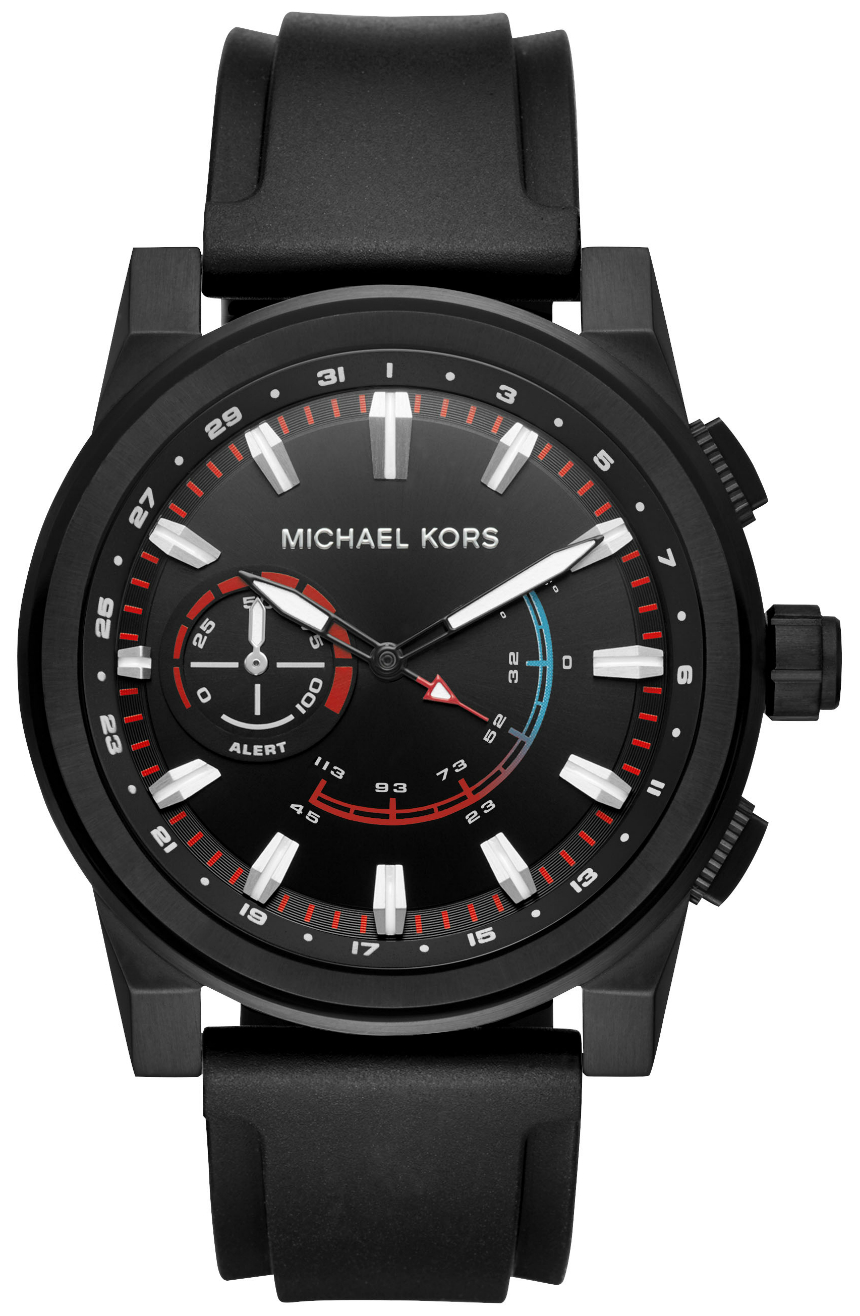
FOSSIL SMARTWATCH TYPE #2: ANALOG
Analog smartwatches with their limited functionality also have the benefit of much more battery life. Often, rather than needing to be recharged, these use coin cell batteries that last up to 6 months to a year depending on use, and do not require recharging. Fossil communicated to me that battery life (or rather, freedom from needing to worry about battery life) is of primary concern to the customers it polled. Unlike the vast majority of watch makers in the world, Fossil does indeed seem to actually rely on the important power of consumer focus group studies.
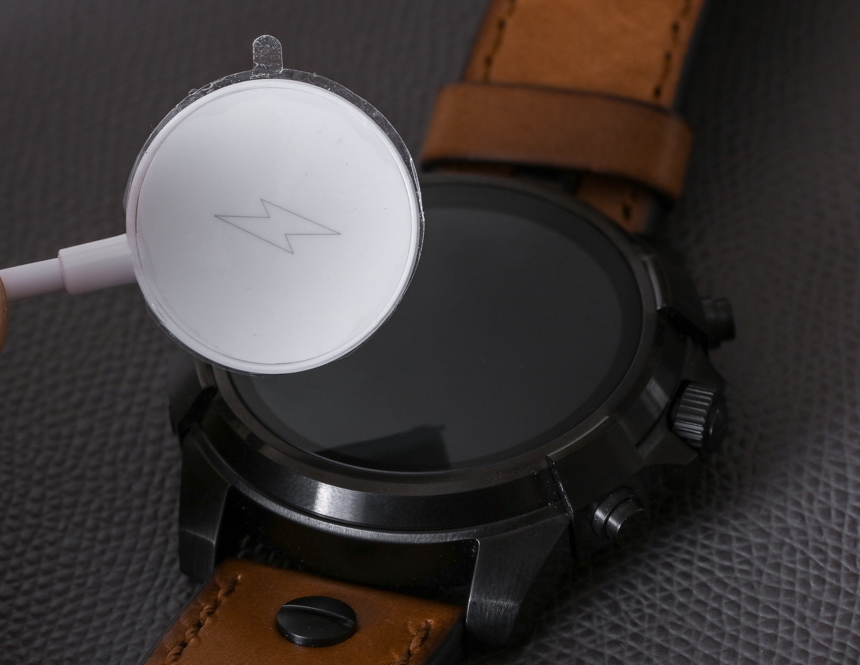
FOSSIL SMARTWATCH BATTERY LIFE
In addition to battery life, the other main area of functionality that Fossil has identified that its consumers are interested in is actually notifications. Again, this is with hybrid smartwatches. Fossil has a function which allows the user to designate a particular hour marker on the watch that a notification hand will point to when someone specific is calling them.
For example, someone might designate 3 o’clock as the marker on a dial that a hand (such as the seconds hand) temporarily points to when a specific person such as their spouse or employer calls. Thus, the user will be able to know by looking at their wrist watch who is calling them on their phone without having to locate and check the phone. As you can see, such functionality is inherently simple, but is designed to create a meaningful connection between technology objects people use on a regular basis.
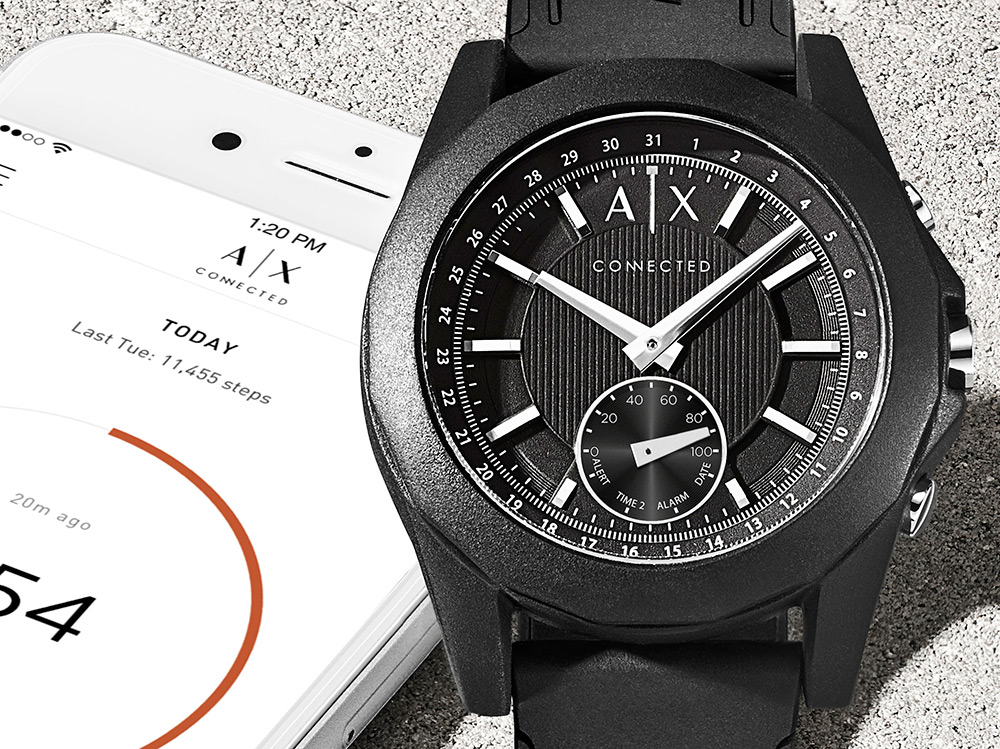
Another useful function Fossil has or is about to release is a tool they call “roll call.” The idea here is to help prevent people from losing their valuable items. Roll call involves placing a small chip or tag on items such as keys, wallet, phone, camera, computer, etc., and then using your smartwatch to make sure each of those items is near you. Thus, if one of those items is not in your immediate space, you’d be reminded to go look for it. Whether or not consumers will jump aboard this tool has yet to be seen, but it is promising, and it does show you how deeply Fossil is thinking about forming bonds between a consumer and their watch in a way that has long since been lost for many people.
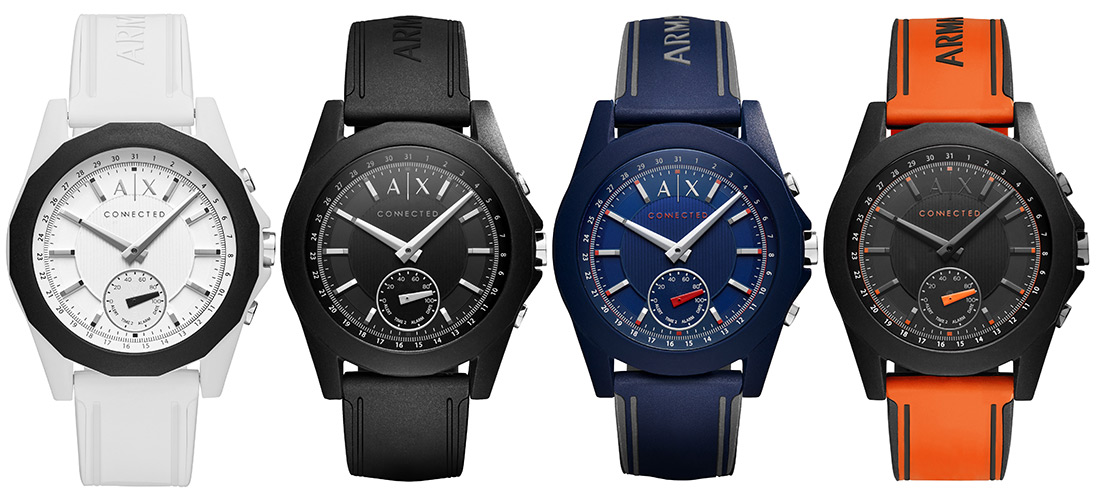
CAN FOSSIL SMARTWATCHES MAKE WATCHES RELEVANT AGAIN?
This brings me to the most important point of this discussion, and that is Fossil’s big play to make watches relevant again by allowing consumers to associate them with the larger group of technology products that they rely on. Right now a wrist watch is more closely related to a fashion item than a piece of modern technology. The reason for this is because when measured by current standards, the technology inside of a wrist watch is so simple and almost taken for granted. Therefore, by forming a connection (in this case via Bluetooth) between a traditionally designed watch (with a physical versus screen face) Fossil (and other companies engaged in similar practices) is making a very real bond between modern and traditional technology in the eyes of mainstream consumers.
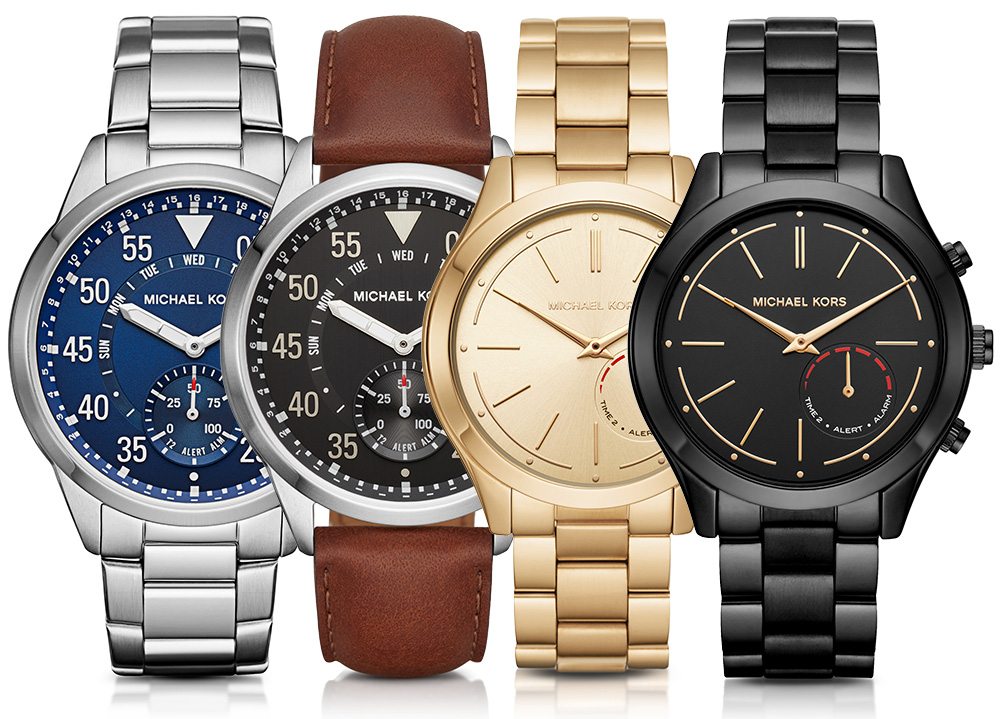
In theory Fossil could replace 100% of their “non-connected” quartz watches with hybrid smartwatches. This likely eventual goal should ideally result in a consumer base which simply assumes that even a basic wrist watch should be able to connect with their phone. Simple and expected functionality as a result of having an otherwise analog yet connected watch would be to have the time on the watch automatically updated by the phone (especially useful during traveling) as well as to offer basic notification, as well as possible activity tracking features.
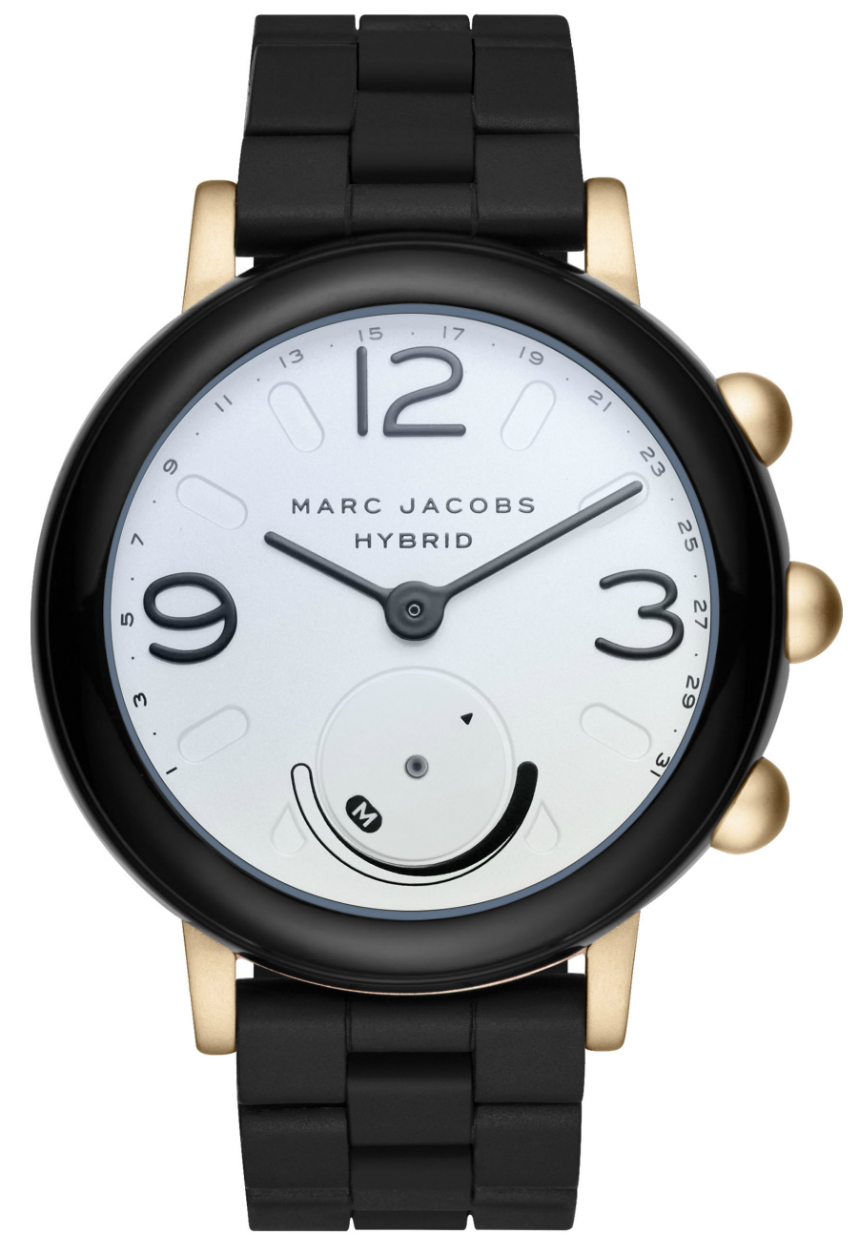
WHY USE A FOSSIL SMARTWATCH?
In my opinion, the real value isn’t about the specific functionality that a watch offers when paired with a phone, rather it is creating the expectation for consumers that most all quartz watches fit into the consumer electronics they normally rely on. This association between products is what will create relevancy and thus help bolster sales and habitual wearing of timepieces by mainstream consumers.
Fossil isn’t clear on exactly what consumers will come to expect, and a lot of uncertainty comes from the fact that pricing for watches (at all levels and types) is all over the place and varies greatly, as well as the fact that the technology behind smartwatches continues to rapidly change. This prevents Fossil from studying over time how consumers respond to these products, because the nature of the products and consumer use continues to quickly evolve. Despite this unavoidable instability in the market for smartwatch products, Fossil is correct in assuming that in the future, as today, consumers will want fashion watches that go with their desired style preferences.

FOSSIL SMARTWATCH PRICE
More so, Fossil is correct in assuming that consumers will be highly sensitive to price – especially when wanting to “look good on a budget.” Other companies will offer the same types of products as Fossil at higher prices and possibly with more functionality. Fossil’s goal isn’t to be first or to be the best. Rather, it is to offer a well-balanced package that combines price, functionality, and style that it determines consumers are looking for.
Fossil’s efforts are ambitious because it is first acknowledging that the appeal of the traditional, non-connected quartz watch is vastly diminishing. Thus, the group cannot rely on the fact that what was sold in the past will continue to sell strongly in the future. Making such a move without knowing exactly what the future holds demonstrates an American style of risk embracement that groups in Europe or in Asia who also make watches have been loathing. In other words, it is still arguably a gamble to assume that hybrid smartwatches will be the answer to how to keep fashion watches relevant in the foreseeable future.
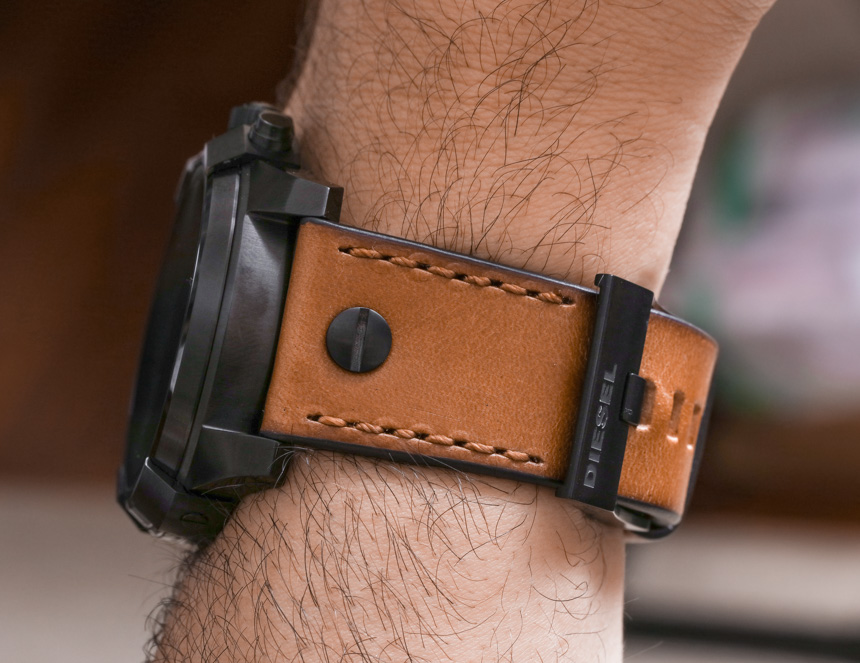
Even if there is risk (which there most certainly is), in my opinion Fossil is making the smartest move possible given their capabilities, expertise, and the direction of the market. For the most part, aside from having Bluetooth, some extra functionality, and a related piece of software that is installed on a companion phone, little about the design process, buying experience, or ownership experience changes with their wrist watch products for the consumer. The next big challenge for Fossil is actually how consumers will buy watches since the prominence of department store retail is rapidly decreasing in especially America. Fossil now must carefully study how to properly market and sell affordable fashion watches to consumers who are primarily looking for (and making decisions about) products while surfing online.
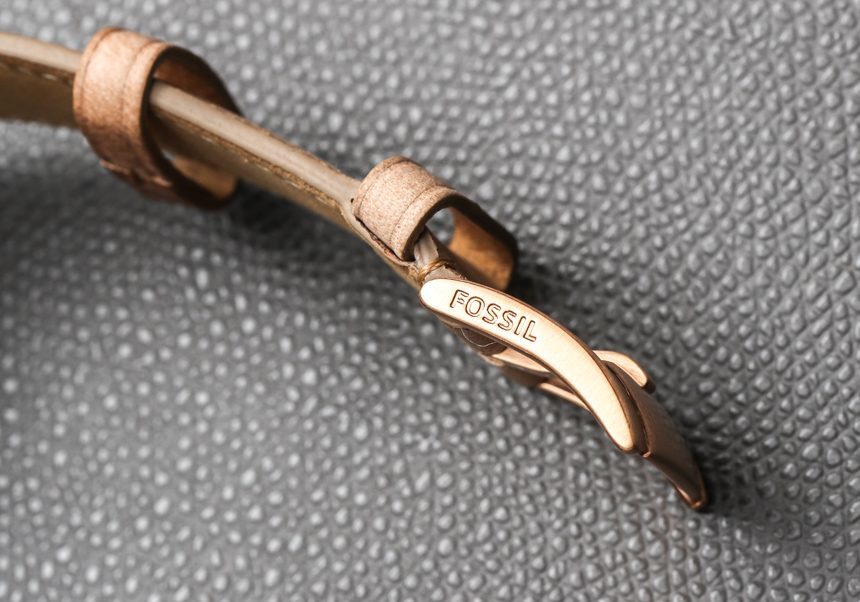
THE FOSSIL SMARTWATCH PRESENT & FUTURE
To put all this into numerical perspective now in 2017, the Fossil Group produces about 30 million watches per year. With its current strategic focus on smartwatches, about half of those 30 million watches will be full screen-based smartwatches or hybrid smartwatches. That means a company that just a few years ago produced extremely simple (Fossil) technology that was meant to look attractive to mainstream consumers has suddenly shifted into a technology company with 50% of their production going to relatively unproven products. That is risk I can respect, and again, I think it is the smartest move the Fossil Group can make.
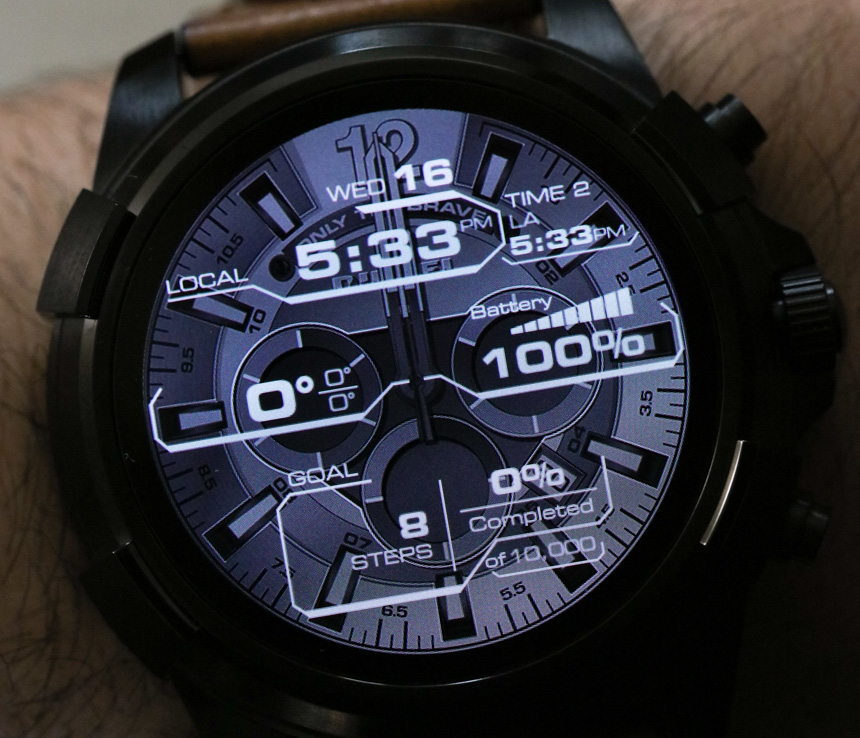
As mentioned above, Fossil likes vertical integration, and with technology products, that is happening slowly. Right now the Fossil Group readily thanks partners such as Google (software) and Qualcomm (hardware) when it comes to the development and production of their smartwatch products. In the future, however, Fossil might be making their own chips, and writing their own software – such a move would not surprise me.
For now, the Fossil Group has the responsibility to its license partners to keep making relevant watches that consumers want. If smartwatch functionality is to be added in order to make its existing product style relevant, then that is what Fossil is doing. The fashion watch of the near future is one that is not only inexpensive and quick to market, but also one that lives in a modern connected lifestyle. fossilgroup.com

